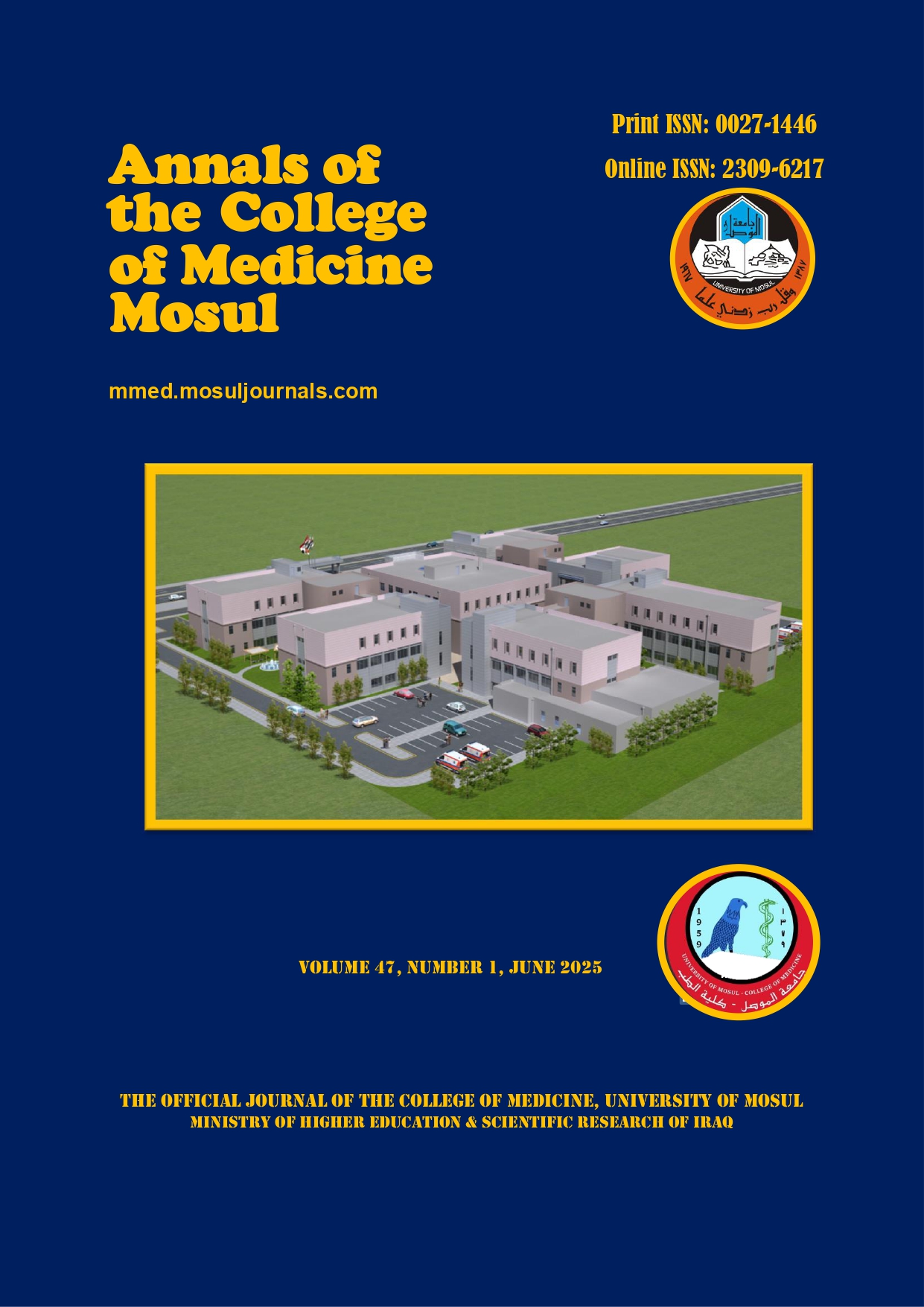Seasonal variation of glycated hemoglobin A1c% among diabetic patients in Mosul
Abstract
Objective: To determine the seasonal variation of glycemic level among diabetic patients in Mosul, and to define the seasons where blood glucose may surge or decline.
Patients and methods: An observational retrospective case series study of seven hundred HbA1c% results pertaining to 653 randomly enrolled type 2 (96%), and type 1 (4%) diabetic patients which were collected over 28 consecutive months. The HbA1c% mean of each month separately, and the HbA1c% means of the months whose HbA1c reflects the glycemic control of the preceding season were estimated, plotted, and statistically compared.
Results: The monthly HbA1c% means throughout the study period comprised a sinusoidal curve with higher values between early spring (March) to early summer (June) and lower values between early autumn (September) to early winter (January) of each year. Throughout the study period, the mean HbA1c% of all early springs (8.87% 1.57% SD) was the maximal, while the mean HbA1c% of all early autumns (7.81% 0.94% SD) was the minimal.
Conclusion: Glycemic levels among diabetic patients in Mosul, as reflected by early spring's peak, and early autumn's trough of HbA1c%, are highest during winter and lowest during summer.
